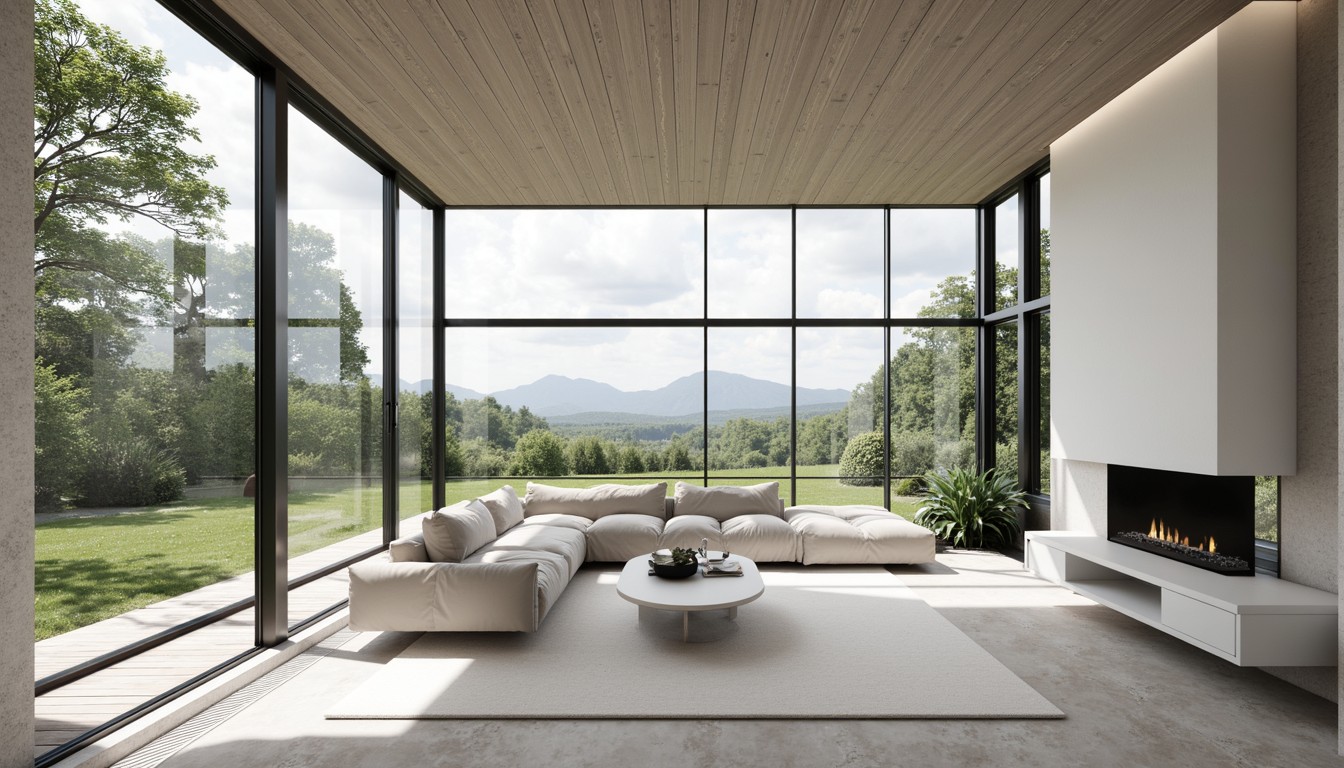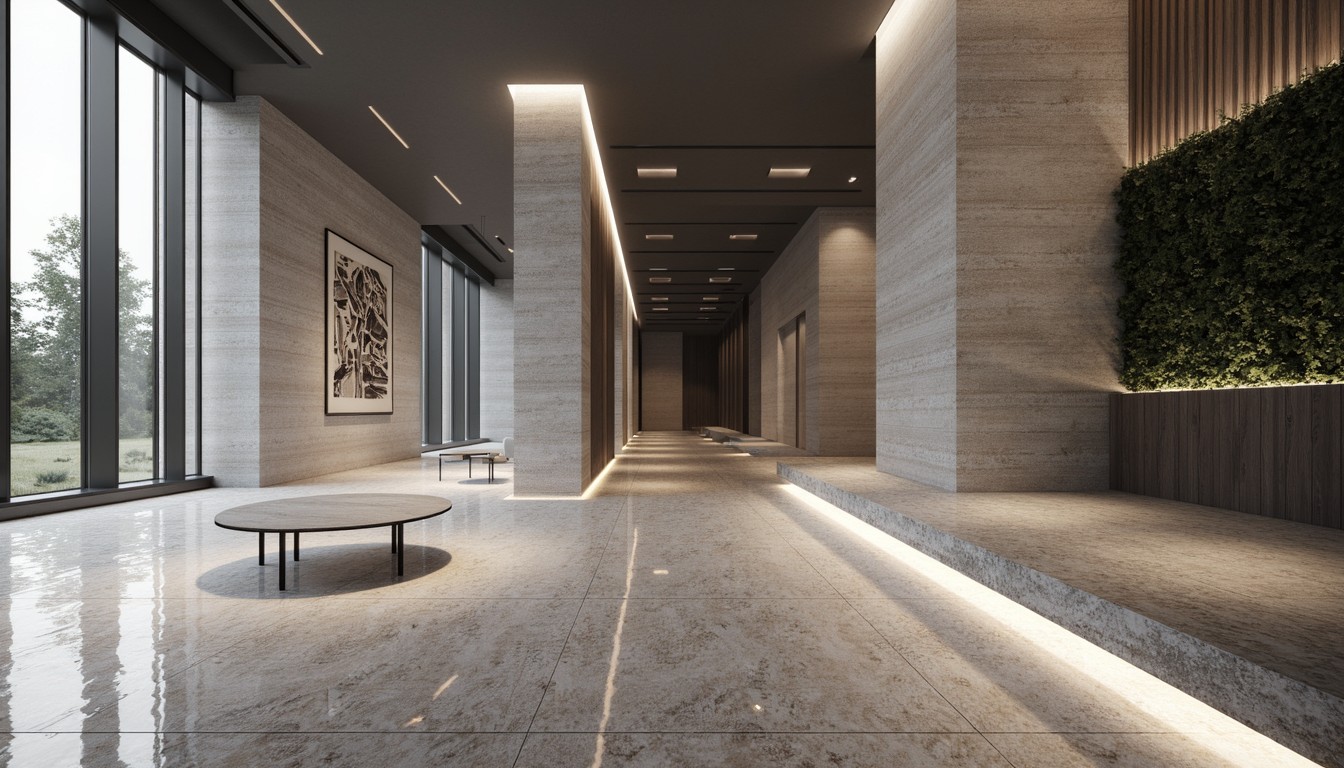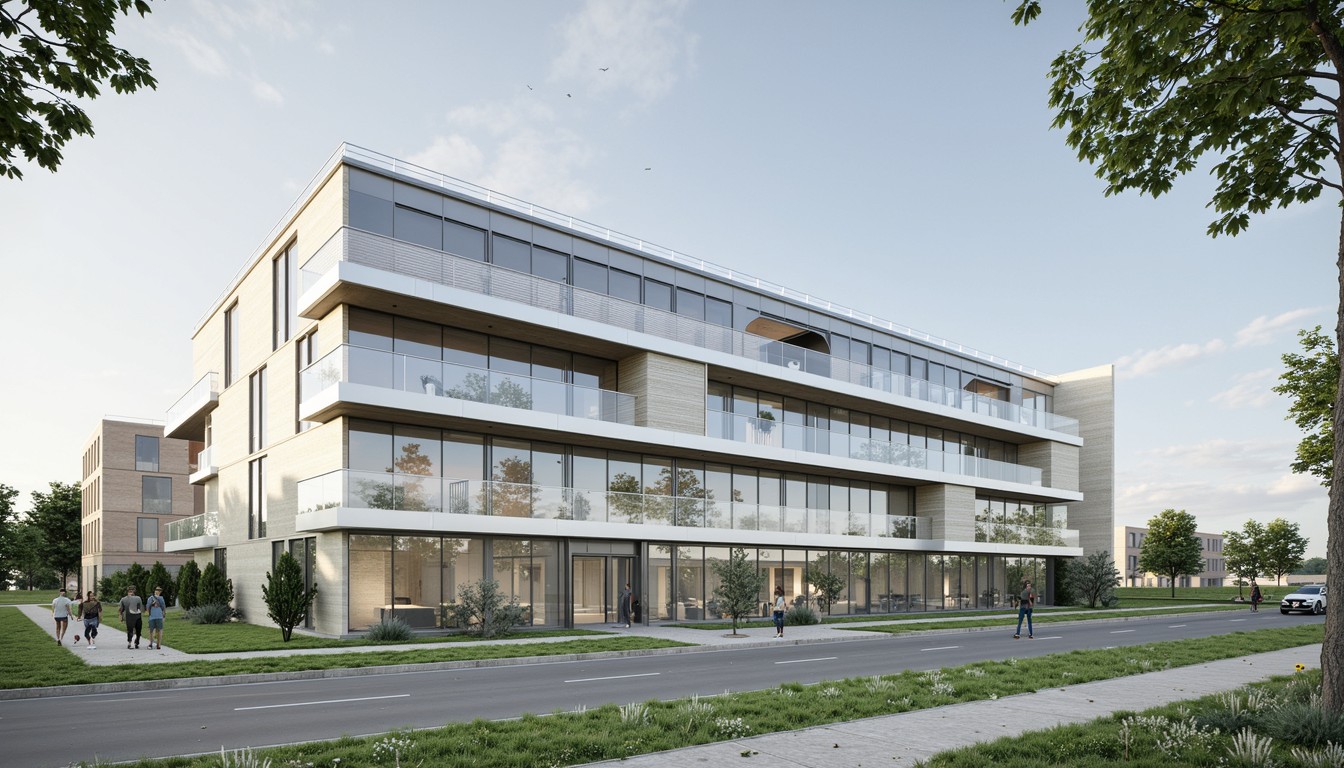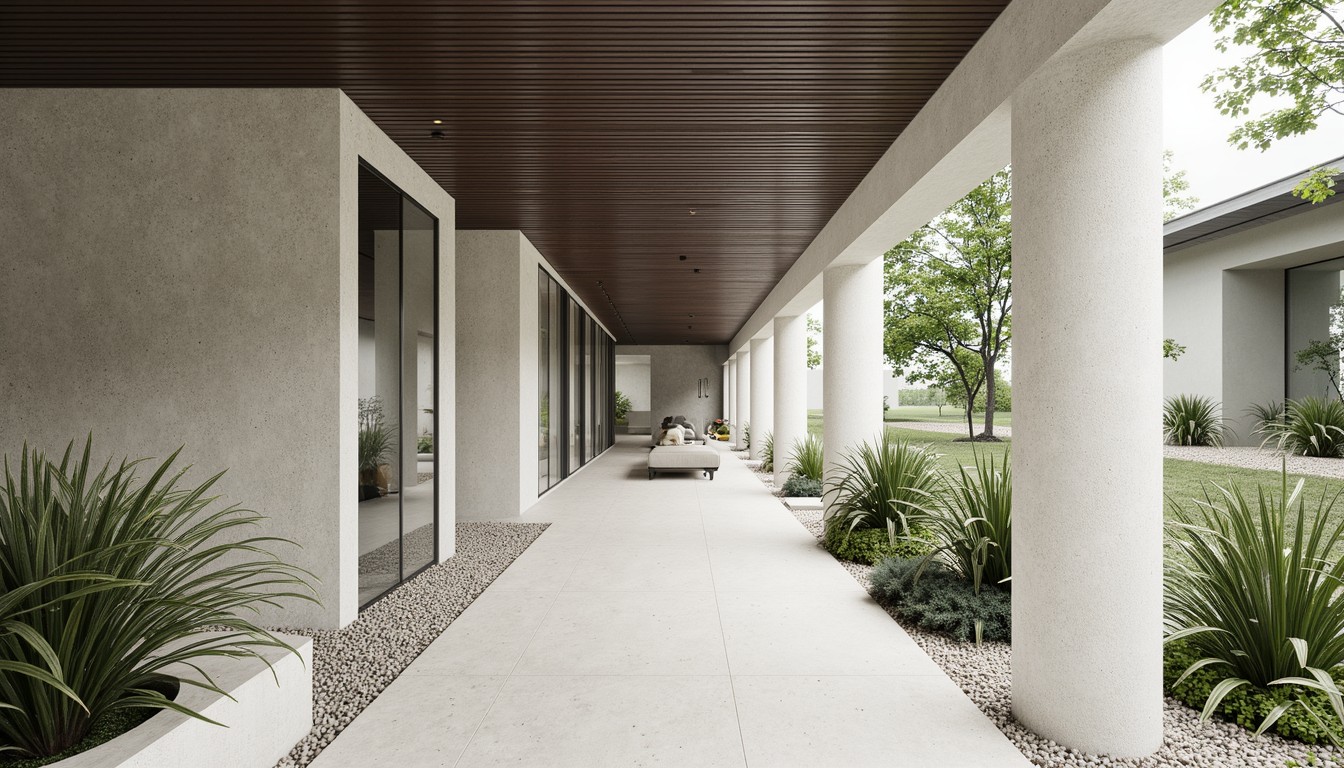Sustainable Architecture: Green Building Technologies & the Future
The built environment accounts for a significant portion of global energy consumption and carbon emissions. As awareness of climate change grows, the demand for sustainable architecture and green building technologies is rapidly increasing. ArchNav, a leader in architectural visualization, understands the importance of showcasing these innovative solutions, helping architects and developers bring their sustainable visions to life.
Understanding Green Building Principles

Green building, or sustainable architecture, goes beyond simply using eco-friendly materials. It encompasses a holistic approach to design, construction, and operation, aiming to minimize the environmental impact of buildings throughout their lifecycle. Key principles include:
- Energy Efficiency: Reducing energy consumption through passive design strategies (optimal building orientation, natural ventilation, shading) and active technologies (solar panels, high-efficiency HVAC systems).
- Water Conservation: Implementing water-efficient fixtures, rainwater harvesting systems, and greywater recycling to minimize water usage.
- Sustainable Materials: Utilizing recycled, reclaimed, and locally sourced materials to reduce embodied carbon and transportation emissions. This includes exploring options like bamboo, cross-laminated timber (CLT), and recycled steel.
- Waste Reduction: Minimizing construction waste through careful planning, material selection, and efficient construction practices. Prefabrication and modular construction can significantly reduce waste.
- Indoor Environmental Quality: Enhancing indoor air quality, natural lighting, and thermal comfort to improve occupant health and well-being.
- Site Selection and Development: Choosing appropriate sites to minimize land disturbance and preserving existing ecosystems. This includes incorporating green spaces and minimizing the building’s footprint.
Green Building Technologies in Action

Numerous technologies are driving the evolution of sustainable architecture. Let's explore some key examples:
1. Passive Design Strategies
Passive design focuses on harnessing natural resources to minimize energy consumption. This includes designing buildings to maximize natural light, utilizing natural ventilation, and strategically placing windows to minimize solar heat gain in summer and maximize it in winter. ArchNav's visualizations can effectively demonstrate the impact of these passive design elements.
2. Renewable Energy Systems
Integrating renewable energy sources like solar photovoltaic (PV) panels, solar thermal collectors, and wind turbines can significantly reduce reliance on fossil fuels. ArchNav can create compelling visuals showcasing the seamless integration of these systems into building designs.
3. Smart Building Technologies
Smart building technologies utilize sensors, data analytics, and automation to optimize building performance. This includes intelligent lighting systems, automated HVAC controls, and energy management systems that monitor and adjust energy consumption in real-time. ArchNav can visualize the sophisticated interplay of these systems within a building model.
4. Sustainable Building Materials
The construction industry is embracing innovative sustainable materials. Examples include: Cross-Laminated Timber (CLT), offering high strength and low embodied carbon; Bamboo, a rapidly renewable resource with excellent structural properties; and Recycled Materials, diverting waste from landfills and reducing the demand for virgin resources. ArchNav's detailed renderings can showcase the aesthetic appeal and sustainability of these materials.
5. Green Roofs and Walls
Green roofs and walls, also known as green infrastructure, offer numerous environmental benefits, including improved insulation, reduced stormwater runoff, and enhanced biodiversity. ArchNav can visually demonstrate the integration of these green elements into building facades and rooftops.
The Role of Architectural Visualization in Sustainable Design

Architectural visualization plays a crucial role in promoting sustainable architecture. High-quality renderings and virtual tours can effectively communicate the benefits of green building technologies to clients, stakeholders, and the public. ArchNav's expertise in creating photorealistic visualizations allows architects to showcase the aesthetic appeal and environmental performance of their sustainable designs, helping to secure funding and gain public support.
Conclusion: Building a Greener Future with ArchNav
Sustainable architecture is no longer a niche concept; it's a necessity. By embracing green building technologies and integrating them seamlessly into building designs, we can create a more sustainable and resilient built environment. ArchNav is committed to supporting this transition by providing cutting-edge architectural visualization services that showcase the beauty and efficiency of sustainable design. We help architects and developers not only visualize their sustainable projects but also effectively communicate their value and impact to the world. Contact us today to learn how we can help you bring your vision of a greener future to life.
